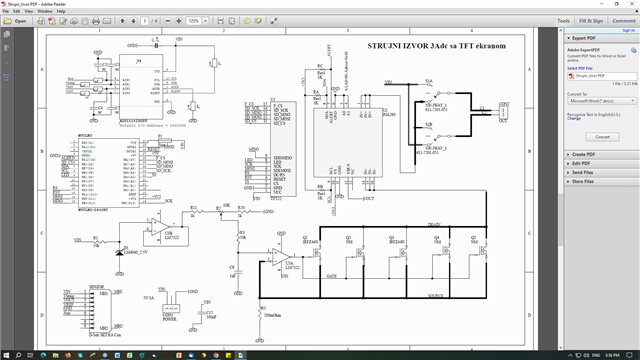Other Parts Discussed in Thread: INA240
Hello,
I built a current source and used INA260 to measure current. The INA260 is placed between load and FET's, so neither IN+ is on VCC, neither IN- on GND. My measurement are different then values from external ampere meter about 30-50%. Can INA260 can be placed like this or only on high- and low- side measurement mode ?
Photo of circuit is below.
BR,
Sasa Dimitrijevic


